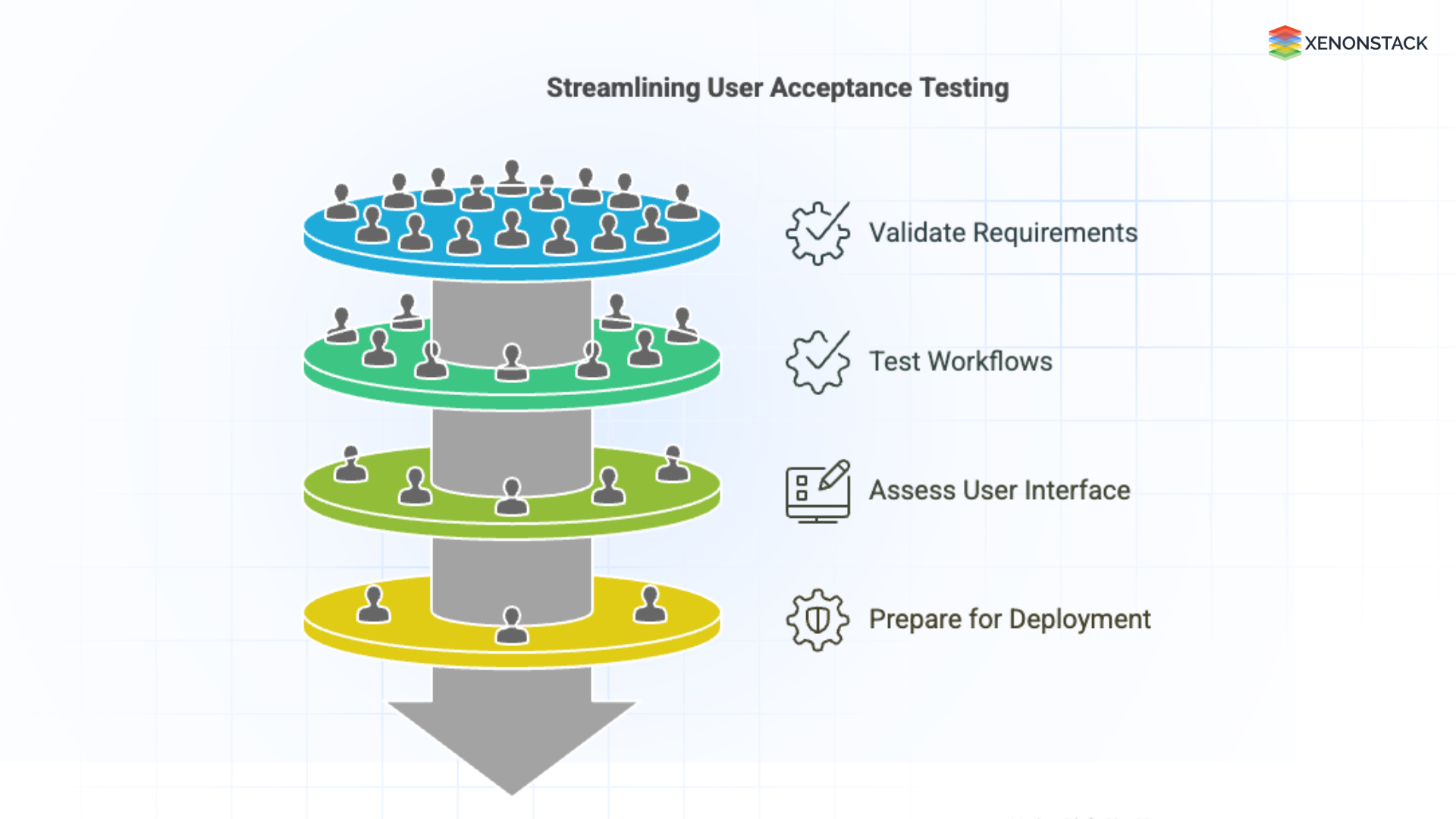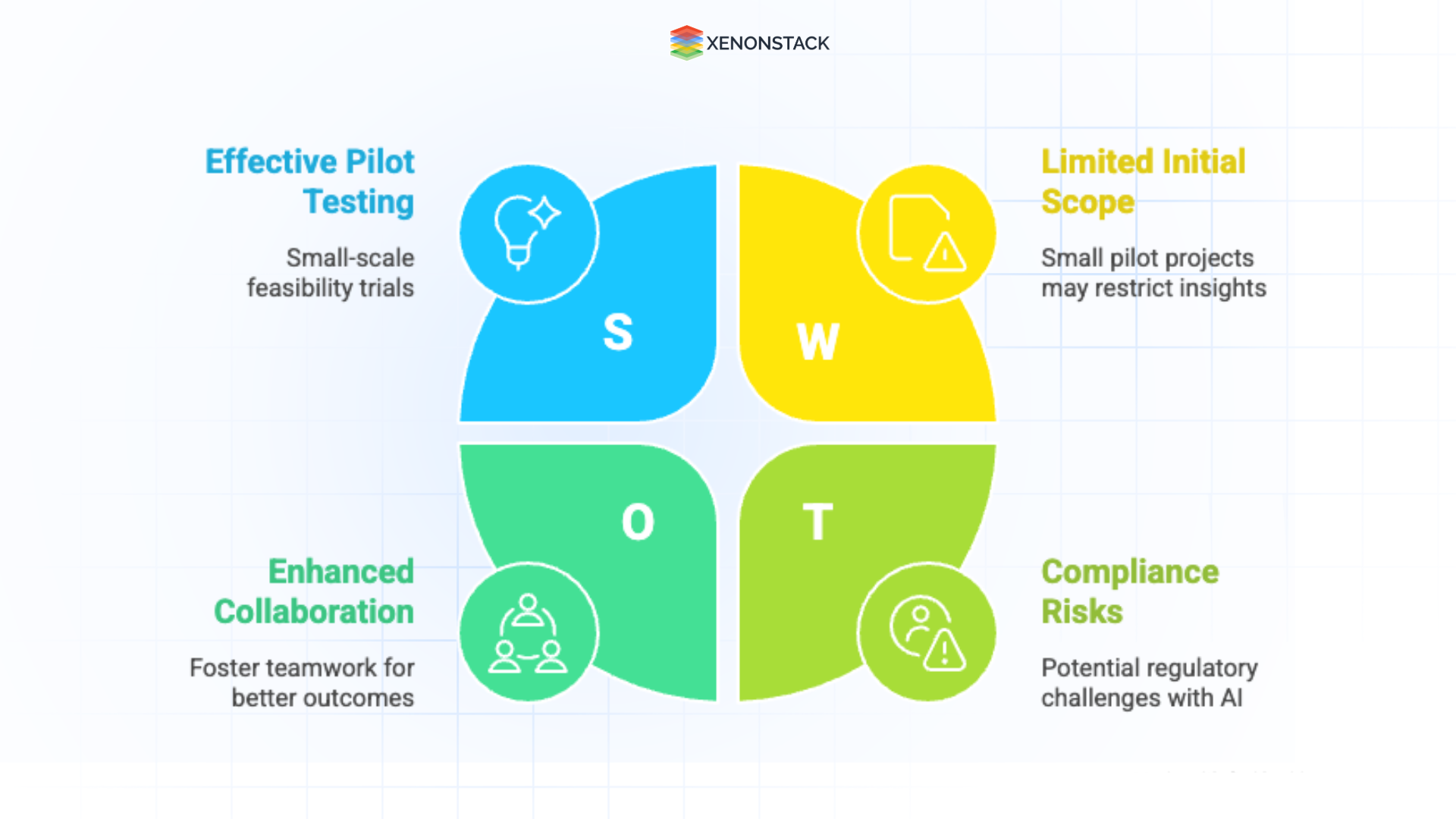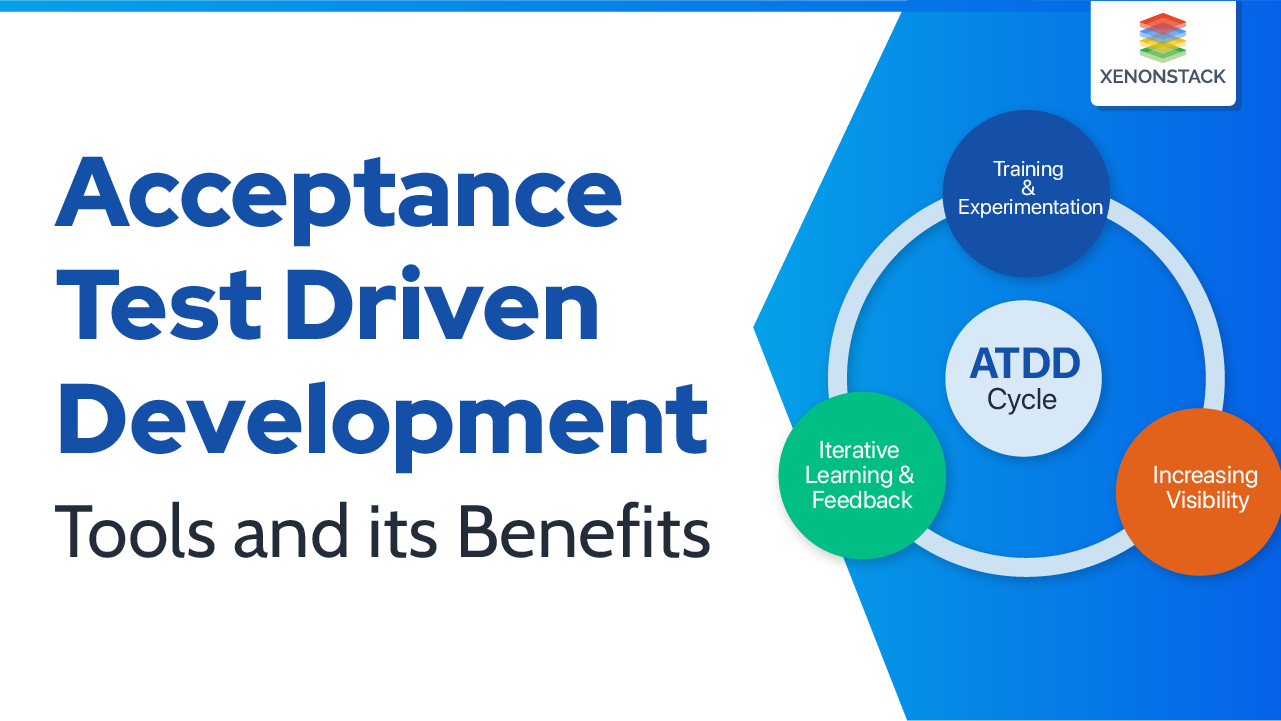
Software development is undergoing transformative changes in an era of rapid technological advancement. One of the most critical steps in the development lifecycle is User Acceptance Testing (UAT). This phase ensures that the system meets end-user expectations and business requirements before it is deployed into production. Traditionally, UAT has been a bottleneck due to its reliance on manual execution, human judgment, and limited resources. These inefficiencies can result in delays, missed bugs, and increased project costs.
The emergence of Artificial Intelligence (AI), particularly agentic AI, presents a game-changing solution. Agentic AI refers to intelligent systems capable of autonomous, goal-directed behaviour. These agents can learn, reason, adapt, and interact dynamically within their environments. Their application in UAT is proving to be highly effective in automating complex tasks, improving test coverage, and accelerating time-to-market.
This blog delves into how agentic AI is transforming UAT. We'll define key concepts, explore practical applications, assess the benefits and limitations, and forecast future developments in AI-driven testing.
Understanding User Acceptance Testing
 Fig 1: Understanding User Acceptance Testing
Fig 1: Understanding User Acceptance TestingUser Acceptance Testing is the final verification process before releasing software to production. It is often conducted by business users or clients who test the application in an environment that simulates real-world usage. UAT is essential for validating that:
-
The software satisfies documented business requirements
-
All critical workflows function correctly under normal usage conditions
-
The user interface is intuitive and responsive
-
The solution is ready for deployment with minimal risk
Despite its importance, UAT is frequently hindered by challenges such as:
-
Limited test coverage: Manual testers may not have time or resources to explore all possible user scenarios
-
Human error: Subjectivity in testing can result in inconsistent or missed feedback
-
Poor communication: Gaps between technical and non-technical stakeholders can lead to misunderstandings
-
Delays: Manual execution slows down the overall delivery timeline
Organizations increasingly turn to intelligent automation to overcome these obstacles, with agentic AI at the forefront.
Defining Agentic AI
Agentic AI refers to autonomous systems capable of making decisions and taking action toward achieving specific goals. These systems differ from traditional automation and rule-based AI in that they exhibit several advanced capabilities:
-
Interpret complex goals: Understand abstract instructions and break them down into actionable tasks
-
Learn continuously: Adapt based on data inputs, feedback, and past performance
-
Interact contextually: Communicate effectively with users and other systems
-
Operate proactively: Anticipate challenges and initiate actions without explicit commands
In the context of software testing, agentic AI can understand functional requirements, execute tests intelligently, diagnose failures, and refine its approach based on outcomes. These traits make it exceptionally suited to augment and, in some cases, replace traditional UAT methods.
How AI Agents are Enhancing UAT
1. Automated Test Case Generation
AI agents leverage Natural Language Processing (NLP) to read requirement specifications, user stories, and unstructured documents like emails or meeting notes. From this data, they generate test cases that align with functional expectations.
Example: An agent parses a series of user stories in a project management tool like Jira and creates end-to-end UAT scripts, ensuring traceability to business objectives.
2. Intelligent Test Execution
Unlike static test scripts, agentic AI can dynamically execute test cases by simulating real-user interactions across different platforms and environments. It can explore variations in user behaviour, uncover edge cases, and respond to unexpected conditions.
Example: An agent tests a travel booking app by searching for flights with different combinations of dates, layovers, and seat preferences, mimicking diverse customer behaviours.
3. Real-Time Bug Detection and Analysis
During test execution, AI agents monitor for anomalies and errors in real-time. When issues arise, they generate detailed reports with screenshots, logs, and contextual information that speed up root cause analysis.
Example: Upon encountering a login failure, the agent logs the HTTP response, captures browser console output, and automatically opens a bug report linked to the affected test case.
4. Learning from Experience
AI agents use machine learning to prioritize tests likely to fail or affect user experience based on historical data. Over time, they become smarter, more efficient, and better aligned with business goals.
Example: An agent identifies that specific workflows frequently break after backend updates and begins testing these scenarios earlier in the cycle.
5. Translating Between Stakeholders
AI agents can bridge the communication gap between developers, QA teams, and business users. They translate technical information into user-friendly insights and vice versa.
Example: An agent produces a visual summary of test results using charts and plain language to help non-technical stakeholders understand system readiness.
Use Cases for AI in UAT
-
E-commerce: Test product search, filters, checkout, and payment flows across devices and user personas.
-
Healthcare: Validate compliance workflows in electronic medical records (EMRs), appointment scheduling, and prescription modules.
-
Banking: Simulate transactions, KYC verification, fraud detection workflows, and regulatory reporting.
-
Government: Ensure eligibility verification, form submissions, and citizen services function as required.
-
SaaS Platforms: Validate new features with multi-tenant support and role-based access controls.
Key Benefits of AI in UAT
-
Speed and Efficiency: Automated generation and execution dramatically reduce the time needed to complete UAT cycles.
-
Scalability: Agents can run hundreds of tests in parallel, supporting large and complex systems.
-
Improved Accuracy: Reduces human error by consistently executing defined scenarios.
-
Cost Reduction: Decreases reliance on large QA teams, lowering labor costs.
-
Enhanced Coverage: Agents can test edge cases, rare workflows, and multiple configurations.
-
Data-Driven Decisions: Provides actionable insights that help stakeholders make informed go/no-go decisions.
-
Round-the-Clock Testing: Agents can operate 24/7, enabling overnight test cycles and faster delivery.
Challenges in Adopting AI for UAT
Despite its advantages, implementing agentic AI in UAT involves several hurdles:
-
Initial Investment: Setting up AI-driven testing frameworks requires upfront costs in tools, training, and integration.
-
Change Management: Teams must adopt new workflows and overcome resistance to automation.
-
Skill Gaps: Engineers must understand AI systems, interpret their output and fine-tune their behaviour.
-
Trust and Transparency: AI decision-making must be interpretable for teams to trust its outcomes.
-
Integration Complexity: Embedding AI agents into existing DevOps pipelines and test environments may require significant customization.
-
Ethical and Compliance Concerns: AI use must align with legal standards, especially in regulated industries.
Solutions to Overcome Challenges
 Fig 2: Solutions to Overcome Challenges
Fig 2: Solutions to Overcome Challenges-
Start with Pilot Projects: Introduce AI agents in small, well-defined UAT scopes to test feasibility and refine processes.
-
Invest in Training: Upskill QA teams to work alongside AI systems and interpret their insights.
-
Use Transparent Models: Leverage explainable AI to increase stakeholder confidence in agentic decisions.
-
Collaborate Across Teams: Encourage developers, testers, and business users to co-design testing strategies.
-
Vendor Support and Open Source: Explore third-party solutions and open-source frameworks to reduce development overhead.
-
Monitoring and Governance: Implement dashboards and audit trails to monitor AI actions and ensure compliance.
Case Study: AI-Powered UAT in FinTech
A leading FinTech company introduced agentic AI to streamline UAT for its mobile banking platform. The firm faced frequent feature updates, complex workflows, and regulatory compliance challenges. By implementing AI agents, the company achieved the following outcomes:
-
70% reduction in UAT cycle time
-
50% increase in test coverage
-
Improved audit readiness through detailed, automated test documentation
-
Greater collaboration between QA and compliance teams via AI-generated reports
These agents were trained using transaction logs, regulatory documentation, and historical defect data. They autonomously validated key functions like money transfers, account creation, and identity verification, dramatically improving confidence in software releases.
The Future of UAT and Agentic AI
The future of UAT is poised to be heavily influenced by the continued evolution of AI technologies. Key trends include:
-
Hyperautomation: Combining AI with Agentic Process Automation (APA) to orchestrate entire workflows end-to-end
-
Self-Healing Test Scripts: Agents that detect UI changes and update test scripts automatically
-
Conversational Interfaces: Users can instruct AI agents in plain language, reducing technical barriers
-
Collaborative AI Agents: Multiple agents working in tandem, specializing in areas such as usability, security, and performance
-
Federated Learning: AI models trained on decentralized data without compromising security or privacy
These technologies will make UAT more proactive, intelligent, and user-centric as they mature. Agile and DevOps teams will benefit from faster feedback loops, better risk management, and smoother deployments.
User Acceptance Testing (UAT) is an indispensable phase of software development, directly impacting product quality and user satisfaction. Integrating agentic AI into UAT offers a powerful way to address traditional limitations and meet the growing demands of digital innovation. AI agents are revolutionising how teams validate software readiness with their ability to understand, execute, learn, and adapt.
While there are challenges—such as integration complexity, trust, and the learning curve—the advantages are substantial. Teams embracing this transformation can expect faster releases, more reliability, and better alignment between technology and business goals.
Next Steps in User Acceptance Testing
Talk to our experts about implementing compound AI system, How Industries and different departments use Agentic Workflows and Decision Intelligence to Become Decision Centric. Utilizes AI to automate and optimize IT support and operations, improving efficiency and responsiveness.




